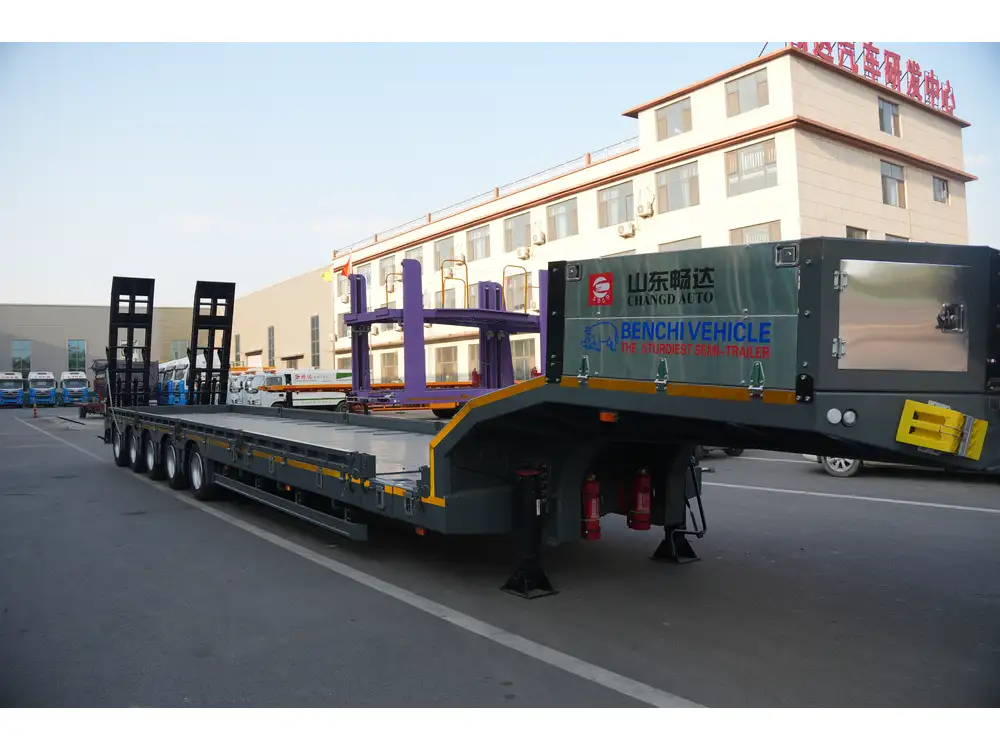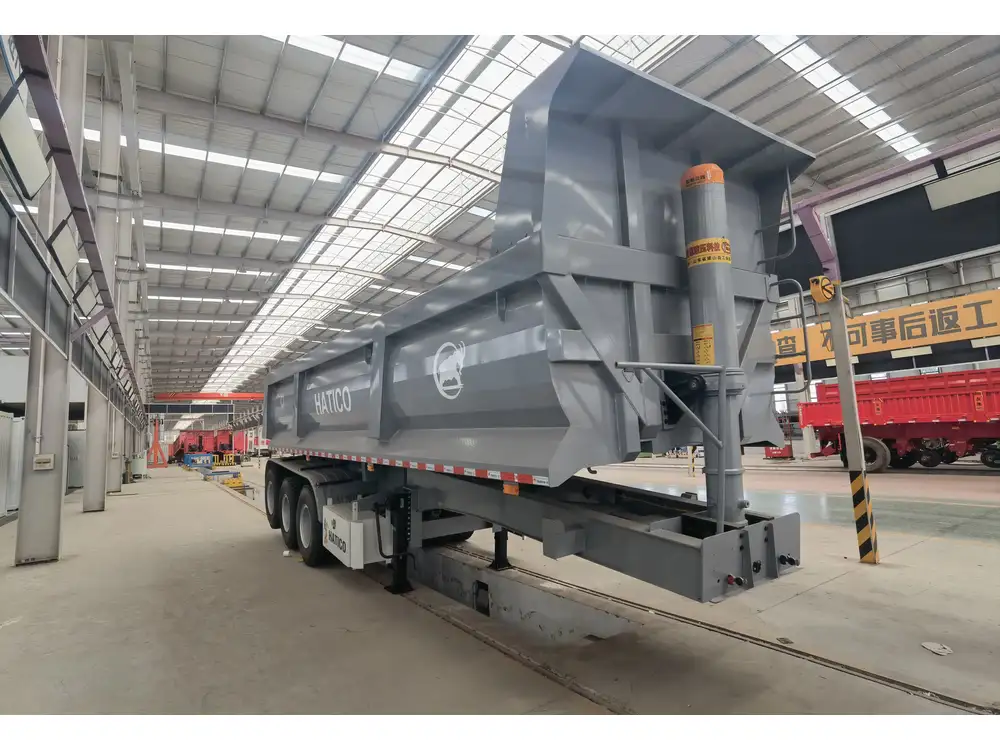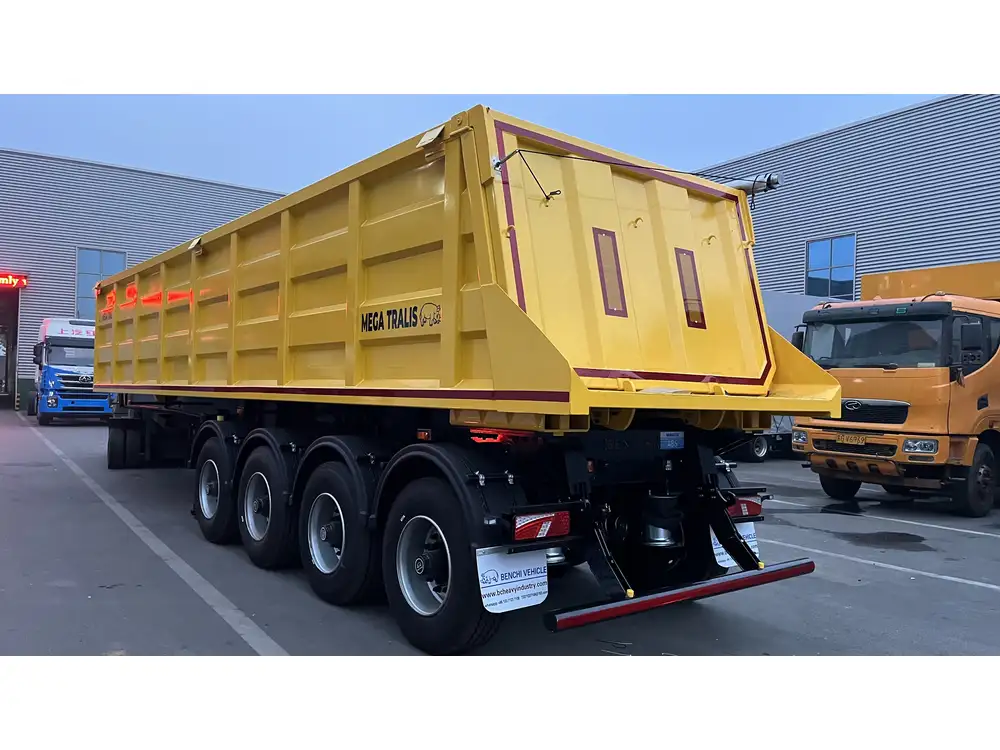The world of transportation relies heavily on semi trucks and trailers, serving as the backbone for logistics and freight movement across vast distances. If you’re contemplating entering this sector—whether as a freight hauler or fleet owner—it’s critical to understand the financial landscape surrounding the acquisition of these massive vehicles. This guide aims to dissect the costs associated with semi trucks and trailers, helping you make informed decisions.
Breakdown of Semi Truck and Trailer Costs
Understanding the price range for semi trucks and trailers can be complex due to variables such as brand, specifications, configuration, and new versus used options. Here’s a structured breakdown:
1. Average Costs of Semi Trucks
| Type of Semi Truck | Average Cost Range |
|---|---|
| New Class 8 Trucks | $120,000 – $180,000 |
| Used Class 8 Trucks | $30,000 – $100,000 |
| Premium Models | $200,000+ |
Key Factors Influencing Semi Truck Costs:
- Brand Reputation: Established brands often carry a higher price tag due to perceived reliability and service support.
- Engine Type: Diesel engines tend to cost more upfront but provide better fuel economy over time compared to gasoline.
- Regulatory Compliance: Trucks adhering to the latest emission standards may come with a premium price due to advanced technology.
- Warranty and Service Plans: Additional coverage can increase upfront costs but offers long-term savings against unexpected repairs.

2. Average Costs of Trailers
| Type of Trailer | Average Cost Range |
|---|---|
| Dry Van Trailers | $30,000 – $50,000 |
| Flatbed Trailers | $25,000 – $45,000 |
| Refrigerated Trailers | $45,000 – $70,000 |
| Tank Trailers | $50,000 – $80,000 |
Considerations when Purchasing Trailers:
- Construction Material: Aluminum trailers weigh less, improving fuel efficiency, but are often more expensive than steel counterparts.
- Load Capacity: Higher load capacities typically come with increased costs due to additional materials and engineering.
- Special Features: Custom fittings for specific cargo types (e.g., temperature control for refrigerated trailers) can significantly raise the price.
Financing Your Investment
Acquiring a semi truck and trailer often requires substantial upfront capital. Numerous financing options are available to alleviate this burden:
1. Loans and Leases
- Business Loans: Traditional lenders may offer business loans tailored for vehicle purchases, providing flexibility in repayment terms.
- Leasing Agreements: Often a popular choice among startups, leasing can reduce upfront costs, but may result in limitations on mileage and customization.

2. Government Programs and Grants
- Transportation Industry Grants: Some federal and state programs help new truck operators with funding or grants for green technology or efficiency improvements.
- Small Business Administration (SBA) Loans: These loans cater specifically to small businesses, offering manageable terms for equipment financing.
Additional Costs Beyond Purchase Price
Purchasing a semi truck and trailer is just the beginning. Several recurring expenses can impact your overall budget:
1. Insurance
- Liability Insurance: Required by law, this insurance can range from $1,500 to $3,000 annually for owner-operators, depending on coverage limits and risk factors.
- Cargo Insurance: Protects goods during transit; rates vary widely depending on the value and nature of the cargo.

2. Maintenance and Repairs
- Routine Maintenance: Regular servicing, tires, and minor repairs can range from $1,500 to $5,000 annually.
- Unexpected Repairs: Older vehicles may require unexpected repairs, so budget for potential breakdowns and emergency service.
3. Fuel Costs
With fluctuating fuel prices, fuel represents one of the most significant ongoing costs. A typical semi truck might consume around 5-7 miles per gallon. Depending on the average distance traveled, costs can vary immensely.
4. Licensing and Permits
- CDL Training: Obtaining a Commercial Driver’s License (CDL) may involve training costs ranging from $3,000 to $10,000.
- Operating Authority: Securing necessary permits and operating authority under the Federal Motor Carrier Safety Administration (FMCSA) can add administrative costs.

Calculating Total Ownership Costs
To truly grasp the financial commitment of owning a semi truck and trailer, let’s explore a sample calculation.
Suppose we acquire a new semi truck for $150,000 and a dry van trailer for $40,000. Investing in favorable financing arrangements, we’ll consider operating costs over five years to determine total ownership expense:
| Cost Component | Yearly Cost Estimate | 5-Year Total |
|---|---|---|
| Purchase Price (Truck) | N/A | $150,000 |
| Purchase Price (Trailer) | N/A | $40,000 |
| Insurance | $2,500 | $12,500 |
| Maintenance | $3,500 | $17,500 |
| Fuel Costs (based on 60k miles/year @ $3/gallon) | $18,000 | $90,000 |
| Licensing & Permits | $1,000 | $5,000 |
| Total Costs | N/A | $315,000 |
This simplified example illustrates how expenses stack up and the critical need to budget accordingly.
Common Questions and Considerations
How Does Vehicle Age Affect Value?
A semi truck can depreciate significantly in the first 3-5 years. Understanding this depreciation can assist in determining buy/sell strategies, helping you decide when to upgrade your fleet effectively.

Should I Buy New or Used?
While purchasing new frequently provides the latest technology and potentially fewer repairs, used trucks offer considerable savings upfront and can be a viable option for those on a tighter budget. Consider the condition, mileage, and service history when evaluating used options.
What is a Good Resale Value?
A well-maintained semi truck should retain about 40%-60% of its original value after five years. Investigating market trends may assist in maximizing your investment during resale.
How Important is Fuel Efficiency?
Fuel efficiency critically influences operating costs. Investing in the latest fuel-efficient models may yield long-term savings despite higher initial purchase costs.

Conclusion
Investing in a semi truck and trailer is a significant financial commitment, demanding thorough research and planning. By weighing the initial costs against ongoing expenses—including insurance, maintenance, and fuel—you can formulate a sound financial strategy that maximizes your investment’s potential.
Understanding the nuances of pricing and the accompanying expenses will empower you to make an informed purchase. Now armed with this knowledge, you are better positioned to navigate the complex landscape of semi truck ownership and operation.



